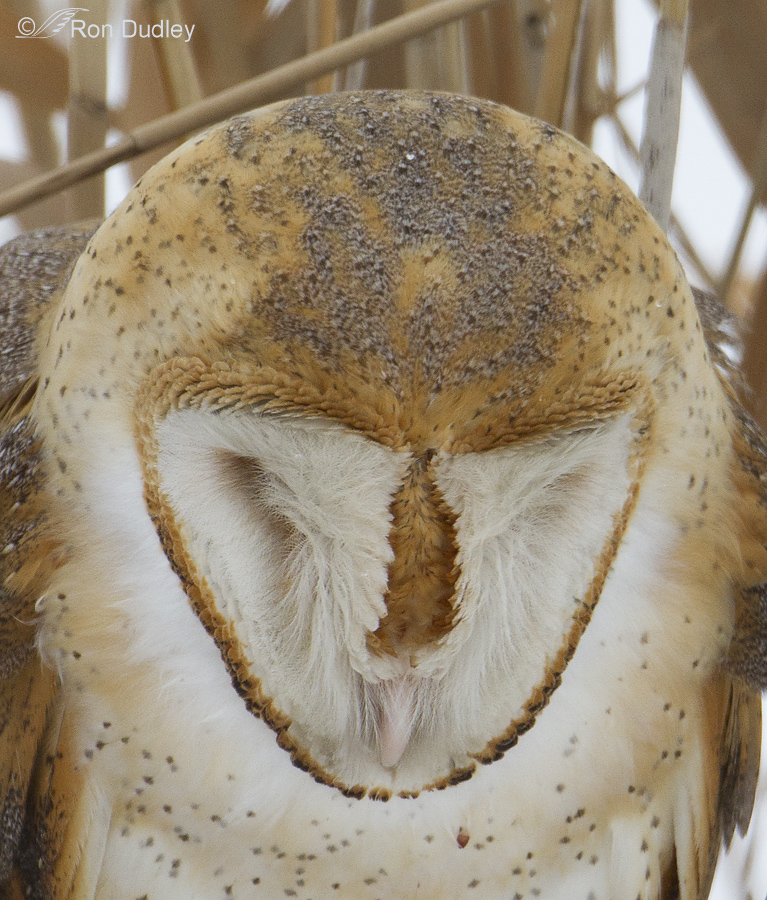Tag: ruff
Northern Harriers Hunting
It’s getting to be what I call “harrier time” here in northern Utah so I thought I’d do a significant post on the species. For me, watching these birds hunt is absolutely mesmerizing and I could do it for hours. And I have – many, many times. But before I get into hunting I’d like to cover some basics on telling the sexes and ages apart. Sexual dimorphism in harriers is exceptional among birds of prey – telling adult males from adult females is easy because their colors are so dramatically different. But because juveniles of either sex strongly resemble adult females, that distinction becomes very tricky and causes a lot of confusion. So, here’s a primer: Adult males – gray above, mostly white below, black wing tips, lemon-yellow eyes Adult females – brown above, buffy with brown streaks below, lemon-yellow eyes (but in my experience, the eyes of adult females tend to be less bright than those of adult males) Juvenile of both sexes – similar to adult female but darker chocolate-brown above and strongly rufous (reddish) below Juvenile male – pale, greenish-yellow eyes Juvenile female – dark, chocolate-brown eyes All sexes and ages have the unique facial disc (ruff) characteristic of harriers. It’s not as prominent as it is in many owls but it can clearly be seen in this image. Its function is the same as it is in owls – to direct sound to the ears. Most hawks hunt almost exclusively by sight but because of their excellent hearing, thanks largely to the facial disc, harriers depend at least…
Road-killed Barn Owls
Talk about coincidence! Last night, as I was working up some images of Barn Owls for a blog post on the species, I received the following UBIRD email (used here by permission) from my good friend, enthusiastic birder and budding bird photographer, Shyloh Robinson. Shyloh lives very close to Farmington Bay Waterfowl Management Area (FBWMA) and this time of year he’s almost always at the refuge in the evenings looking for birds – particularly owls. “:( when a grown man uses an emoticon, you KNOW he’s serious! Each night this week, I’ve visited my home at FBWMA to look at the owls. I went a bit early tonight to make sure I saw some hawks too. They were posted up in the usual spots. I drove straight to the 4way to wait for any short-eared. (That’s the good spot for them.) Sadly, I saw no owls… Until I left and was on Glovers Lane. Another Barn Owl was dead in the road, and being collected. I got a lump in my throat. I’m quickly learning why moving vehicles are a Barn Owl’s worst enemy. These alba’s have meant a lot to me lately and I’m saddened to see them ghosted. Now what? Shyloh” Knowing Shyloh as well as I do, I knew he was devastated. He simply adores “his” owls – an emotion that I share because I’ve spent many, many hours at FBWMA looking for, and photographing, those Barn Owls. They are a special species, in so many ways. Shyloh’s UBIRD post inspired me to change the focus of my Barn…
Northern Harrier Hunting a Vole
Over the last five years I’ve spent an inordinate amount of time photographing, watching and studying hunting Northern Harriers. When they pounce on their prey the action is usually so far away (or buried in the vegetation) that I don’t get a good look at what’s actually happening. But all that changed with this adult female who was so intent on capturing a vole buried deep in the matted, dried vegetation that she virtually ignored me. What fun to watch! Unlike most other hawks, harriers very often use auditory cues (sound) to locate prey. In fact they have a facial “ruff” or disc much like owls do and its purpose is the same – to funnel sounds to the ears. The feathers that form the disc can be raised in response to noise, essentially enlarging the disc and improving hearing. 1/1000, f/8, ISO 500, 500 f/4, 1.4 tc Harriers often hunt along predictable “pathways” and this one had made several passes by me earlier. However this time she attempted to pounced on something right in front of me – almost certainly it was a vole since they are very nearly the exclusive diet of wintering harriers. 1/1000, f/8, ISO 500, 500 f/4, 1.4 tc She missed the vole but from her demeanor she could obviously hear it under the mat of vegetation and she became quite agitated in her attempts to get at it. 1/1600, f/8, ISO 500, 500 f/4, 1.4 tc She repeatedly rose into the air a couple of feet and pounced back down on the same spot with her…


